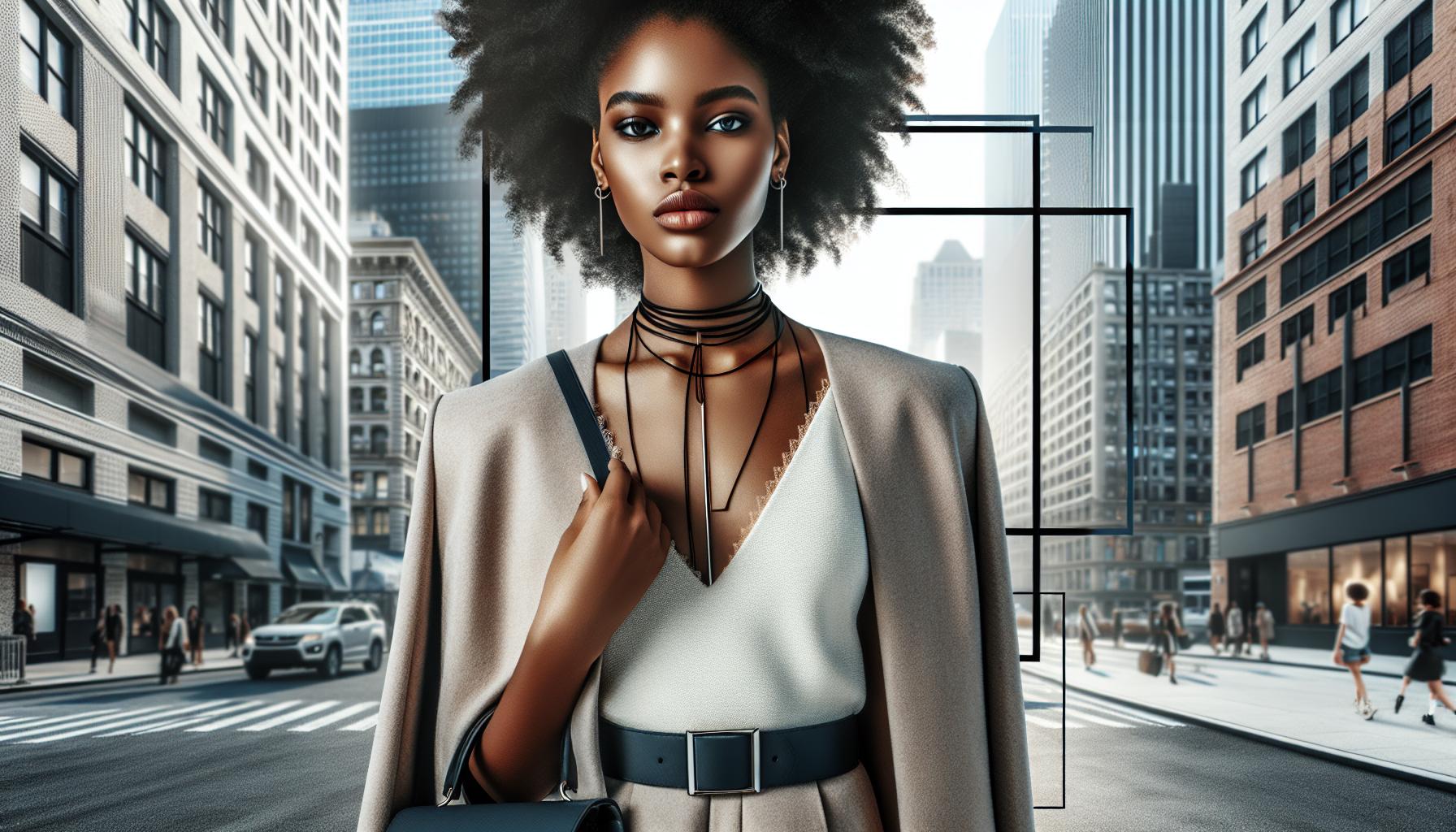In the vibrant world of fashion, harmony isn’t just a fancy term tossed around at design school; it’s the secret sauce that transforms a good outfit into a jaw-dropping masterpiece. Imagine walking into a room and turning heads, not just because of your stunning attire but because everything from color to texture sings in perfect unison. That’s the magic of harmony in fashion design.
Harmony In Fashion Design
Harmony in fashion design involves the careful balance of various elements to create cohesive outfits. It plays a crucial role in both aesthetic appeal and storytelling through clothing. Designers consider elements like color, texture, and shape to achieve this balance.
Color harmony affects how outfits resonate with onlookers. Complementary colors can enhance visual impact. Designers often utilize the color wheel to identify harmonious combinations, such as analogous and triadic schemes.
Texture also contributes to overall harmony. A mix of smooth fabrics with organic or rough textures can create depth. This interaction draws attention while ensuring the outfit remains visually engaging. Designers match textures to reflect the intended mood of the piece.
Shape and silhouette form another essential aspect. Proportions need to work together, creating a flow that feels natural. Designers frequently explore variations in line and form to enhance balance, such as combining fitted and loose pieces.
Pattern coordination matters in achieving harmony. It requires blending different patterns while maintaining a unified theme. Designers often choose patterns that share colors or motifs, ensuring a seamless transition throughout the outfit.
Ultimately, harmony in fashion design facilitates a stronger emotional connection between the audience and the outfits. Visual storytelling emerges when all elements work together, making fashion not just wearable art but a powerful mode of expression. Each component plays a distinct role in creating a memorable, stunning look.
Elements Of Harmony In Fashion

Harmony in fashion design consists of various essential elements. A successful design integrates color theory, shapes and silhouettes, and textures and fabrics.
Color Theory
Color theory serves as a foundational aspect of harmony in fashion. Designers often utilize the color wheel to identify complementary and analogous color combinations. An outfit featuring complementary colors creates visual interest and enhances overall appeal. Analogous colors, on the other hand, provide a more subtle and cohesive look. By strategically pairing colors, designers can evoke specific emotions and set the mood of a garment. Utilizing color gradients can further elevate an outfit by adding depth and dimension. These careful color choices transform simple designs into harmonious pieces.
Shapes And Silhouettes
Shapes and silhouettes significantly contribute to the harmony of an outfit. Various silhouettes such as A-line, fitted, and oversized each provide distinct visual effects. A well-defined silhouette can accentuate body shapes and create an appealing overall appearance. Proportions play a critical role in this element, as balance ensures that no single part overwhelms the design. Combining different silhouettes within an outfit adds visual intrigue while maintaining harmony. Designers carefully consider line shape and structure to achieve this essential balance.
Textures And Fabrics
Textures and fabrics are vital for establishing harmony in fashion. A mix of smooth, rough, and patterned fabrics creates visual depth and tactile interest. Designers often pair contrasting textures, such as leather with soft cotton, to draw attention and add complexity. The choice of fabric also influences the drape and movement of a garment, impacting overall style. Moreover, texture combinations can evoke specific feelings, making the final product more engaging. Mastering texture coordination allows designers to turn a basic outfit into an extraordinary ensemble.
Importance Of Harmony In Fashion Design

Harmony in fashion design significantly influences overall aesthetic value and audience perception. A balanced approach in elements fosters a cohesive and compelling appearance.
Creating Visual Appeal
Visual appeal hinges on the thoughtful coordination of colors, patterns, and textures. Designers utilize the color wheel for identifying complementary and analogous shades, which enhances attraction. The fabrics selected also contribute to this appeal, as a mix of materials like silk and denim introduces texture variation. Unique shapes and proportions engage viewers; well-constructed silhouettes draw attention without overwhelming the observer. Pattern integration adds intrigue, ensuring that elements resonate without clashing. These approaches together elevate a garment’s beauty and create striking ensembles that captivate onlookers.
Enhancing Wearability
Wearability enhances the practicality of fashion choices while maintaining style. Designers aim for harmony in fit and comfort, allowing individuals to express their personality without sacrificing functionality. Selecting materials that breathe and move promotes ease in everyday wear. In addition, thoughtful design adapts garments for various occasions, blending aesthetics with purpose. Proportions play a crucial role in this balance, impacting how an outfit complements different body types. Ultimately, harmony succeeds in creating fashion that not only inspires but also empowers individuals to confidently navigate their daily lives.
Examples Of Harmony In Fashion Design

Harmony in fashion design manifests through various styles and periods. Each era showcases distinct interpretations of how elements combine to create visually appealing outfits.
Historical Perspectives
Historical perspectives on harmony in fashion reveal evolving aesthetics. The Renaissance emphasized symmetry and proportion, reflecting ideals of beauty and balance. Designers incorporated luxurious fabrics and intricate patterns, fostering visual interest. Likewise, the Art Deco movement highlighted geometric shapes, where bold colors and metallic tones complemented the design ethos. Each historic period contributed unique elements that harmonized to elevate fashion.
Contemporary Trends
Contemporary trends in fashion highlight diverse interpretations of harmony. Minimalism embraces a clean, focused approach, using neutral colors and simple silhouettes to create effortless elegance. Sustainability influences many designers, who select eco-friendly materials while prioritizing harmonious color palettes. Streetwear often mixes bold graphics and textures, showcasing personal style through unconventional pairings. By blending influences from past and present, modern fashion exemplifies harmony, captivating audiences with creativity and innovation.
Harmony in fashion design is more than just a visual appeal; it’s a means of expression that connects designers with their audience. By skillfully balancing colors, textures, shapes, and patterns, designers create outfits that resonate deeply. This thoughtful coordination not only enhances aesthetic value but also allows individuals to express their unique personalities confidently.
The evolution of harmony across different styles and historical periods showcases its timeless relevance. Whether through the symmetry of the Renaissance or the boldness of contemporary streetwear, harmony remains a guiding principle. Embracing this concept empowers designers to innovate while ensuring their creations remain captivating and meaningful.

